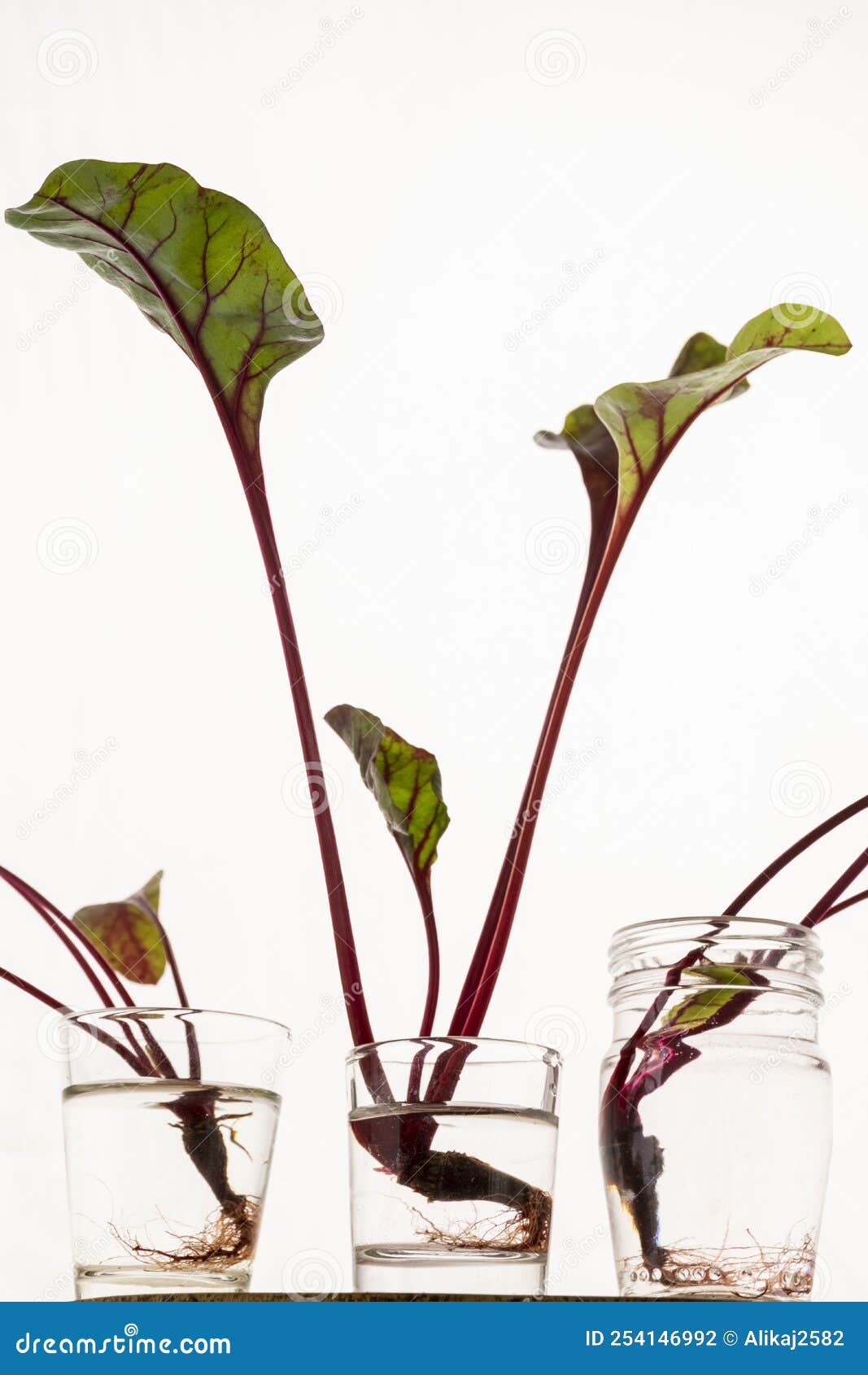Rooting powder is a widely used substance among gardeners and plant enthusiasts to stimulate the root development of cuttings. However, when it comes to questions about its use in water propagation, the discussion can become nuanced. Understanding the principles behind rooting powders and their compatibility with water propagation techniques can significantly empower plant lovers to optimize their propagation efforts.
The primary function of rooting powder is to facilitate root formation in cuttings by enhancing the plant’s natural rooting hormones. Rooting powders typically contain auxins, which are plant hormones essential for root initiation and growth. While many gardeners may be tempted to use rooting powder in water propagation, it is crucial to discern the best practices for successful outcomes.
Water propagation, as a method, allows plant enthusiasts to monitor root development visually and maintain optimal moisture levels. However, integrating rooting powder into this method can be tricky. This article will delve into the compatibility of rooting powder with water propagation, exploring various techniques, optimal practices, and potential pitfalls.
Understanding the Basics of Propagation Methods
Before diving into the specifics of using rooting powder in water, it is essential to understand the fundamental methods of propagation. Two of the most common techniques are soil propagation and water propagation. While soil propagation involves placing cuttings directly into a growing medium, water propagation entails suspending cuttings in water, allowing them to root directly in that medium.
Water propagation offers several advantages. It allows for close observation of root development without the risks associated with soil-borne pathogens. Additionally, many plants, such as pothos and philodendrons, naturally root in water. However, the suitability of rooting powders in this context remains a topic of interest.
The Role of Rooting Powder in Propagation
Rooting powder primarily comes into play during the propagation phase. When cuttings are taken from a parent plant, they need an adequate stimulus to initiate root growth. Rooting powders contain auxins that promote cellular division in the rooting zones of the cutting, enhancing the likelihood of successful root formation.
When using rooting powder, the conventional method involves dipping the cut end of the cutting into the powder before planting it in the medium—be it soil or another substrate. But can the same method apply to water propagation? The short answer is not ideally; however, it is worth exploring further.
Utilizing Rooting Powder in Water Propagation
It is generally not recommended to directly mix rooting powder into the water for propagation, as the powder tends to clump and may not dissolve effectively. However, there are alternative methods to leverage the benefits of rooting powder without compromising the efficacy of water propagation.
One method is to prepare the cutting in the traditional manner by applying rooting powder to the cut end. Subsequently, immediately placing this cut end into water promotes quick moisture absorption while nurturing root development. This technique allows the Auxins contained in the powder to work effectively while the cutting is submerged in water. Monitor the cutting closely as it develops roots; once roots reach a desirable length, acclimatization to soil can begin.
Understanding the Types of Cuttings
The success of using rooting powder in any propagation method can also heavily depend on the type of cutting being used. Different plants exhibit varying degrees of responsiveness to rooting hormones. Softwood cuttings, taken from new growth, typically respond favorably to rooting powders, while hardwood cuttings may require prolonged periods to root effectively.
Examples of plants that thrive using rooting powder during water propagation include:
– **Pothos (Epipremnum aureum)**: Often a favorite among indoor gardeners, this plant easily roots in water. Applying rooting powder can further enhance this process.
– **Roses (Rosa)**: Stem cuttings from roses can also benefit from rooting hormone, making them viable candidates for water propagation.
Maximizing Success with Water Propagation and Rooting Powder
To successfully propagate plants using a combination of rooting powder and water, several best practices should be adhered to:
– **Select Healthy Cuttings**: Ensure that the cuttings taken are healthy, disease-free, and ideally about four to six inches long. This ensures that the cuttings have sufficient energy reserves for rooting.
– **Use Clean Tools**: Sanitize your cutting tools to minimize the risk of disease transmission during the process.
– **Provide Optimal Conditions**: Make sure the water is at room temperature, and place the cuttings in an area that receives indirect sunlight, ensuring that the water level is high enough to cover the cut ends but not so high that it drowns the rest of the cutting.
– **Monitor Regularly**: During the rooting process, observe the cuttings for signs of healthy root development, which may take anywhere from a couple of weeks to several months, depending on the species.
Conclusion
Utilizing rooting powder in water propagation can be a rewarding endeavor when executed with precision and care. While experts may caution against mixing rooting powder directly into water, employing a more strategic approach can yield successful outcomes. Understanding the nuances of plant types and adhering to best practices can make all the difference in a gardener’s propagation journey.
The world of plant propagation offers endless opportunities for exploration and learning. Whether you are a novice or an experienced plant enthusiast, patience and knowledge will guide you on your path to fruitful gardening adventures.





Leave a Comment